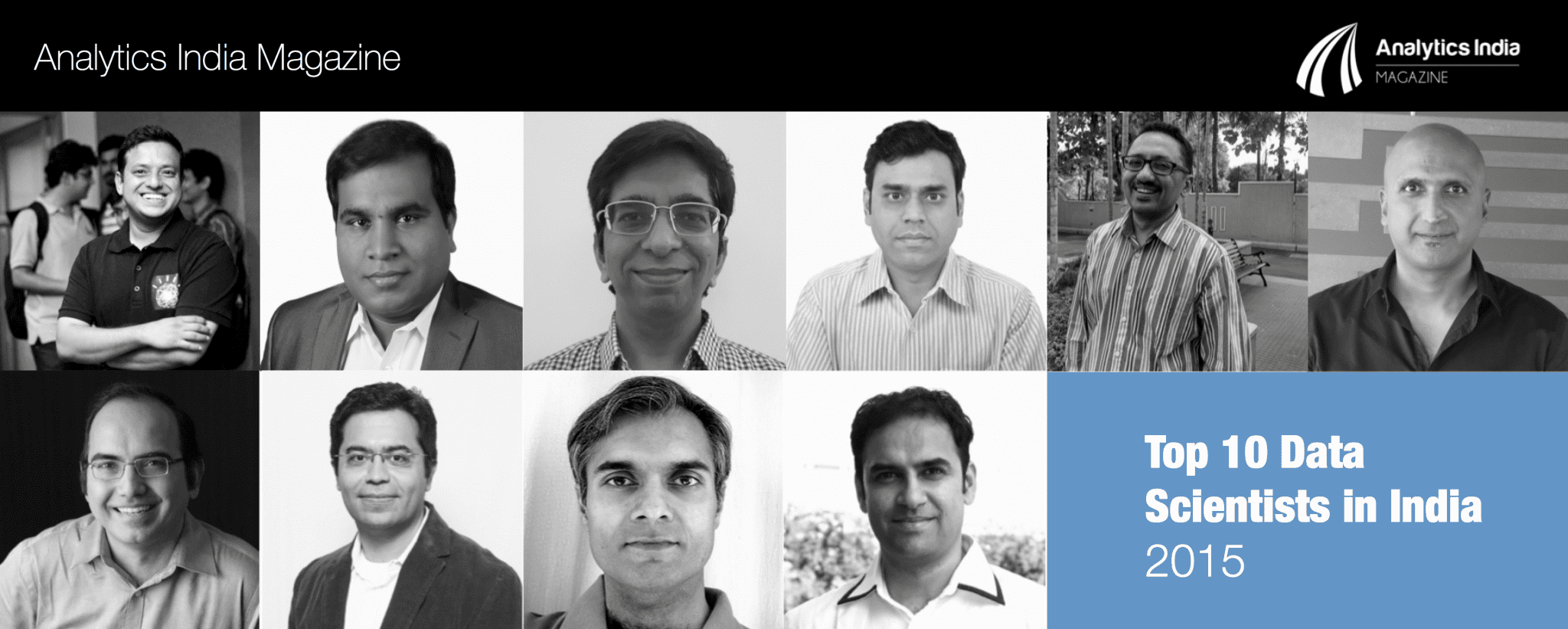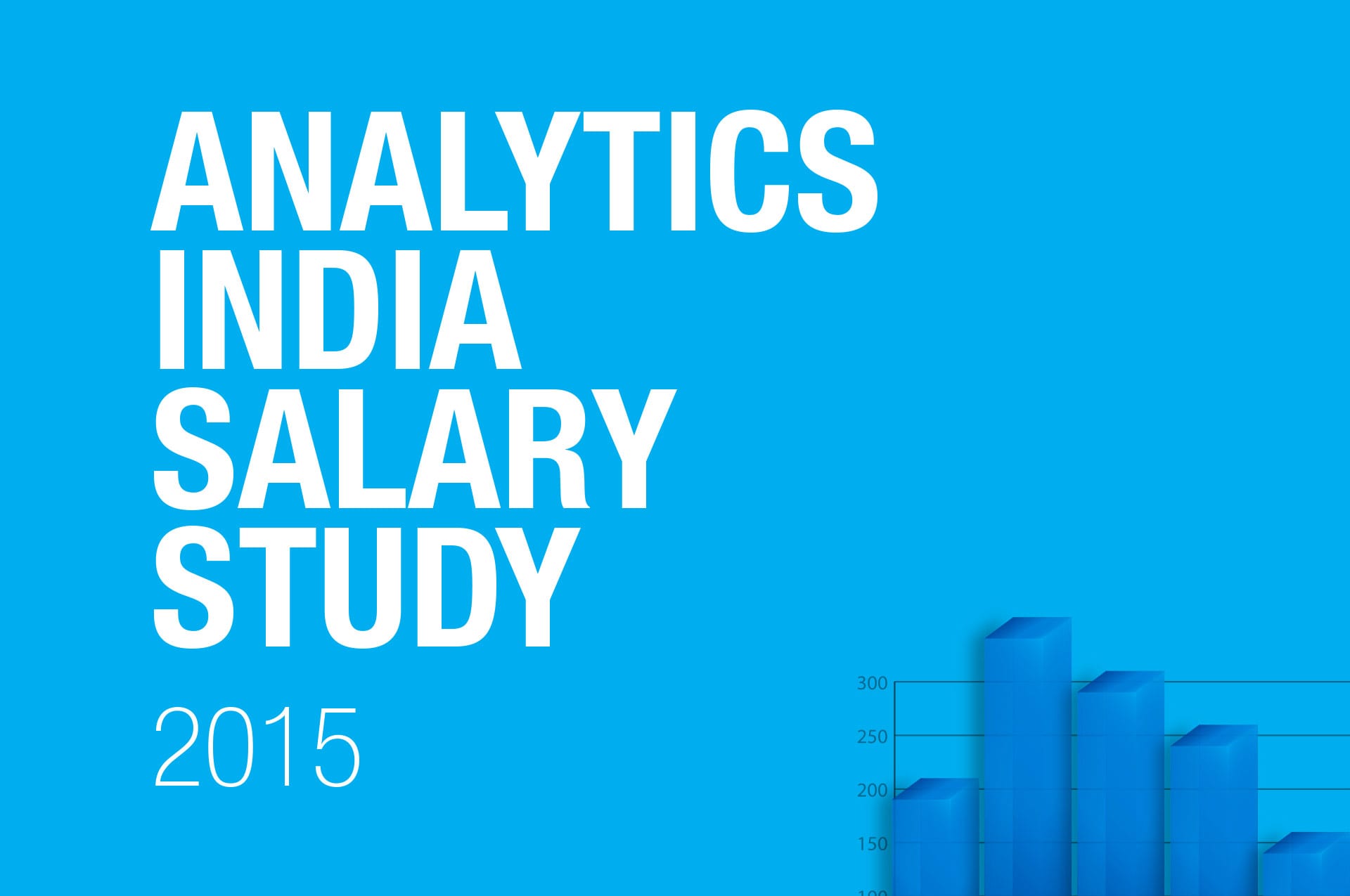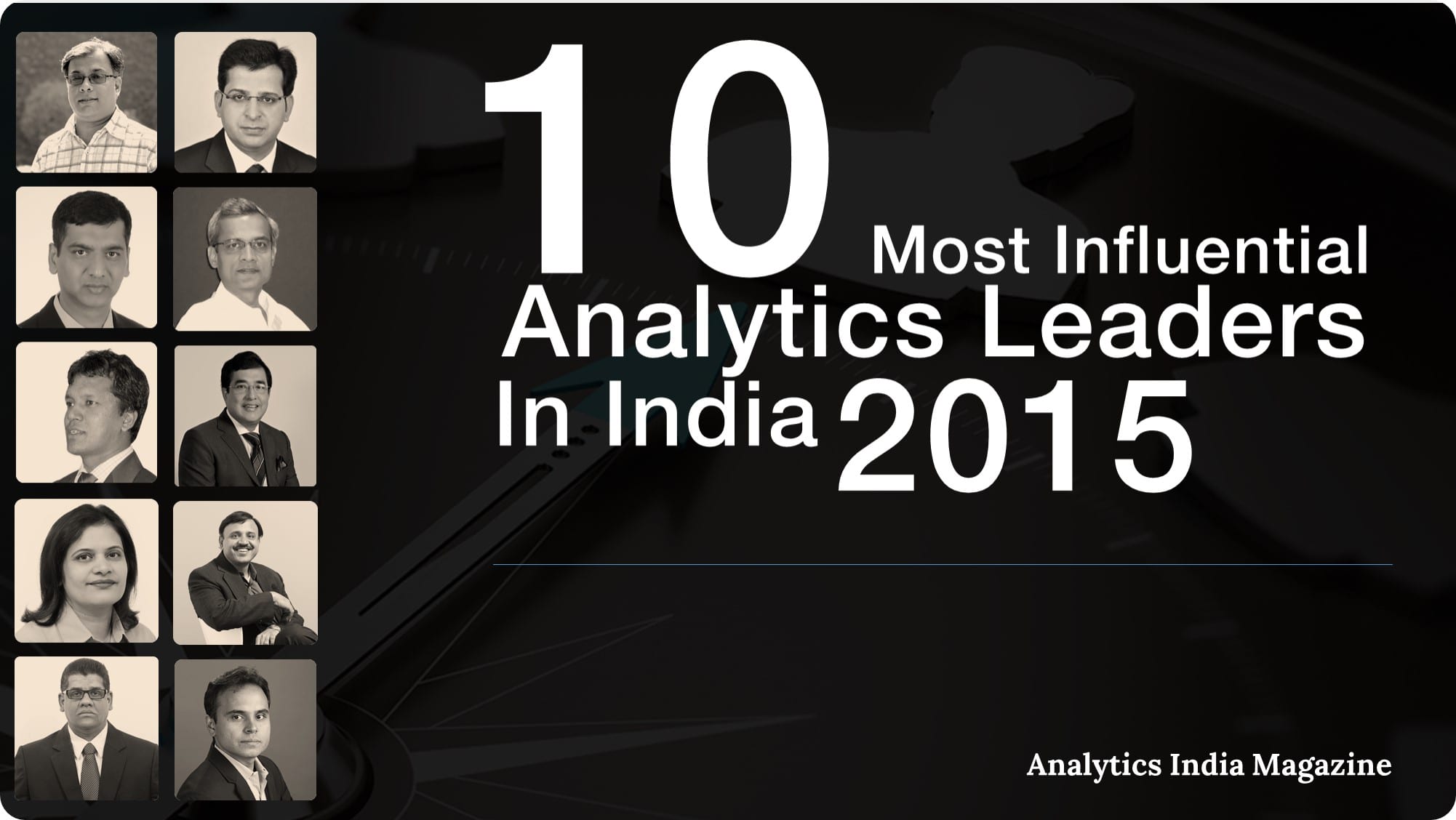In an interview with Analytics India Magazine, Galit Shmueli, the SRITNE Chaired Professor of Data Analytics of Indian School of Business, Hyderabad talks about the current state of analytics education in India.
[dropcap style=”1″ size=”2″]AIM[/dropcap]Analytics India Magazine: Thanks Galit for the interview. There is almost a mad rush of opening graduate programs by universities in West. Do you think there is a dearth of similar courses in India?
[dropcap style=”1″ size=”2″]GS[/dropcap]Galit Shmueli: Indeed, there is a current mad rush of “Masters in Business Analytics” graduate courses and programs in the West, lead mostly by business schools. The notable point is that many of these new programs are by highly reputable universities, such as Carnegie Mellon University (CMU) and New York University (NYU). In India there is a smaller set of high-caliber research universities, and especially business schools. There is definitely a shortage in business analytics grad programs in India, especially compared to the huge need and demand.
AIM: What more can be done by esteemed institutes in India to propagate Business Analytics as a professional stream?
GS: I think that it is more an issue of supply than demand. When an esteemed business school opens such a program, it will likely receive many applications if the marketing is done properly. The challenge is to correctly position and clarify what skills the program will equip participants with. There is a misconception that Analytics are for the IT folks or the statisticians. Yet, graduate Business Analytics programs are aimed at creating business champions who understand how and when methods such as data mining can be used. These are not the people who will be running software or programming. They need a deep understanding of the business context and a close link and support from top management.
AIM: Most of the analytics courses in India (either through private training institutes or esteemed universities/ business schools) are offered as part time course or as an elective. Do you think that students’ community in India is ready for a full time course on Business Analytics?
GS: I think that business students are definitely ready. However, putting together a full program requires having a good set of faculty who are experts in a variety of business analytics areas. And I emphasize that both are needed: “business” and “analytics”.
AIM: Analytics requires a good mix of technical competencies (statistics/ mathematics/ computing etc) and Business understanding. How should Analytics teaching be positioned from the supply side perspective – more business orientation or heavy emphasis on technical aspects?
[pullquote align=”left”]In addition to statisticians, applied mathematicians, and data miners, the need in the industry is for BA champions to direct the analytic efforts in promising directions and to evaluate their impact from a business perspective. [/pullquote]GS: This depends on the technical level of the audience. Most commonly, the audience has a low level of data-analytics competency. When people with an IT or other non-analytic background join a BA program, their goal is not to become statisticians or machine learning experts (those who do apply for graduate programs in statistics, computer science, etc.)
Hence, BA programs should develop technical competencies at the level of comprehending key concepts (such as data partitioning) and technical jargon (such as scoring or classification), understanding when different analytic methods are useful and what they require, knowing how to evaluate performance, and most importantly: being able to identify opportunities and translating the business problem into a business analytics problem.
Let me note that I distinguish between “data scientist” and “business analytics champion”, although these terms are used interchangeably in industry. A “data scientist” is someone with deep technical knowledge — statisticians and data miners with a good business understanding would fall in this category. “BA champion” does not have such a technical background, but does have a good grasp of the big picture of data analytics in a business context. They have the skills that I mentioned earlier.
AIM: Having said that, where according to you should a successful Business Analytics course be positioned in an institute – Statistics department, Mathematics stream, IT department or the business school?
GS: Because the business context is extremely important, I believe that the business school is the right place in terms of the teaching faculty, career perspectives and hiring, and the type of students. Statistics departments would be able to create “data scientists” if they broaden their curricula to include data mining, optimization, database management, programming in advanced languages and other analytic tools. And equally crucial, they must incorporate more business-oriented training, by including mandatory guided internships in companies.
AIM: Do you think analytics courses require any special teaching pedagogy, being a niche field that is still in its growth phase?
GS: Business school faculty who are experts in data analytic fields (statistics, database management, operations management, etc.) are already using a business analytics pedagogy. Good teachers motivate methods by putting them in a wider context of applications. [quote style=”1″]From my own experience, the most important aspect of BA courses is giving students hands-on experience with real data and real problems through team projects.[/quote]
AIM: What according to you are currently the most important and specific analytics needs for the industry?
GS: The term “analytics” is very broad and used by different people for different things. I don’t think you can specify a set of data mining algorithms, statistical models or optimization or simulation methods that is most needed. It is the understanding of the thinking behind analytic methods, how they “think”, what they do, and why they are likely to work or not in various circumstances.
I reserve the term “data analytics” for a higher-level that uses analytic methods within a context. For example, text analytics, web analytics or social network analytics. Someone who understands the basics of analytic methods can self-learn (through books, conferences, online training and crash courses) new “data analytics” areas as they evolve. I will also add that each industry, and each company will have specific “data analytic” needs, and learning these is only possible on the job. Hence, BA champions must be able to self-learn and adapt the concepts and basics of data analytics to their particular business context.
AIM: What are the most significant challenges you face being in the forefront of analytics space?
GS: The endless requests for consulting services… More seriously: there is a great need for Indian companies and organizations to share data publicly, similar to companies in the West (Netflix, Amazon and eBay are examples). Once such data will be available, business analytics student will be able to work on real projects more easily, and will also be able to showcase their skills by making their solutions public. [quote style=”1″]BA relationships between industry and academia in the West are much stronger: companies like Yahoo, IBM and Google sponsor research and teaching endeavors. I have not seen such relationships in India.[/quote]
AIM: What is your projection of the growth of analytics practice in the future?
GS: Business analytics is already very hot in the West. It is much more nascent in India and I expect that its growth will be huge in the next few years. I sincerely hope that we (the business schools) can impart as much knowledge as possible
AIM: Anything else you wish to add?
GS: In addition to full graduate programs in BA, there are also executive-level crash courses, such as the one we’ll be offering at ISB in January 2013. These courses are intended to familiarize and management with BA and equip them with the knowledge that is needed to gain their support for BA in the organization. This is another crucial component of BA education, which is the key to successful deployment of analytics in organizations.
Lastly, I believe that not only businesses in India should jump the analytics wagon. As President Obama has been demonstrating, the government can gain a lot from analytics. I look forward to seeing government organizations joining the BA wagon.
[divider top=”1″]
[spoiler title=”Biography of Galit Shmueli” open=”0″ style=”2″]
Galit Shmueli is the SRITNE Chaired Professor of Data Analytics and Associate Professor of Statistics & Information Systems at the Indian School of Business. She is also Associate Professor of Statistics at the University of Maryland’s Robert H Smith School of Business. Dr. Shmueli’s research focuses on statistical and data mining methodology with applications in information systems and biosurveillance. She authors five books, including the popular textbook Data Mining for Business Intelligence and over 50 publications in peer-reviewed journals and books, including the top journalsManagement Science, Journal of the American Statistical Association, Journal of the Royal Statistical Society, Information Systems Research, MISQ, Marketing Science, Statistical Science and Technometrics. She has presented her work at multiple venues in the US and internationally.
In 2004, Dr. Shmueli co-founded the now annual symposium Statistical Challenges in eCommerce Research. Her papers “To Explain or To Predict?”and “Predictive Analytics in Information Systems Research” have attracted much attention and won several research and “best paper” awards.
Dr. Shmueli is associate editor for the top journals Annals of Applied Statistics, JASA & The American Statistician Reviews and was guest editor of a special issue of Statistical Science. In addition to her academic work, Dr. Shmueli has provided consulting services to private companies (including Pricewaterhouse Coopers, Structured Decisions Corporation, and Accenture) and to US government and state agencies (including the Environmental Protection Agency (EPA) and Indiana Economic Development Corporation).[/spoiler]



















































































